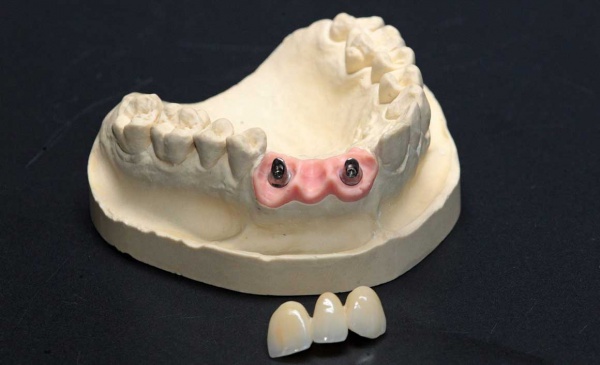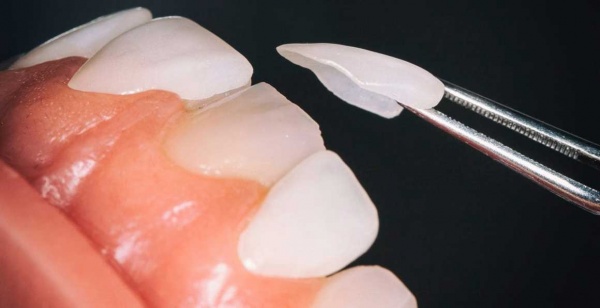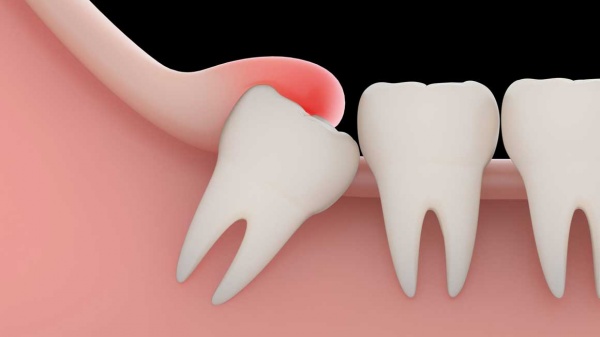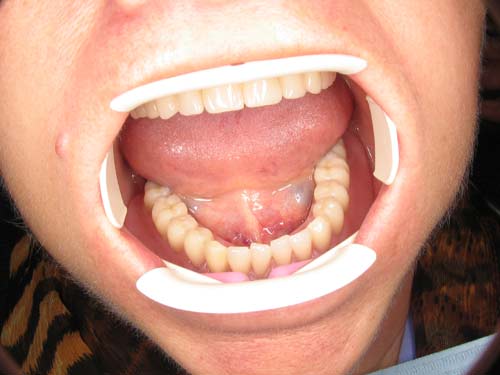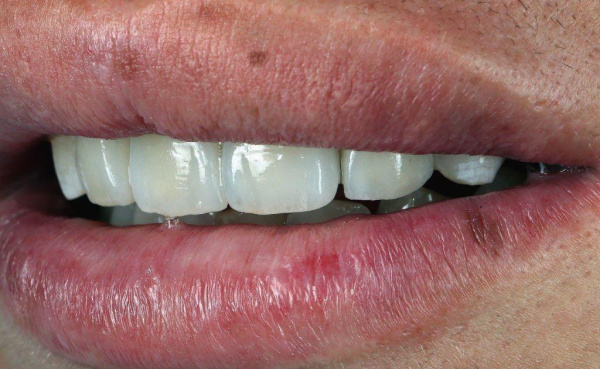Features of the Priestley raid
Being a fairly common problem, Priestley's plaque manifests itself mainly in children, while it is most often characterized as the presence of deposits on tooth enamel. As a rule, it is localized with the thinnest border along the lower edge of the teeth, as close as possible to the gums. For the most part, it has a dark brown or black tint, and appears on various parts of the dentition, less often in the interdental space.
Priestley's raid is not the most favorable phenomenon, because it can accumulate gradually or manifest itself as a consequence of diseases of a different nature - from immune diseases to interruptions in the functioning of internal organs. In any case, the reactive appearance of plaque requires the timely intervention of a dentist, who will not only carry out a deep cleaning of the oral cavity, but also carry out all the necessary manipulations to ensure perfect and healthy white teeth.
Depending on the cause of plaque, the procedures are selected individually, in accordance with the indications and contraindications. The main ones are considered to be the following:
- Diabetes;
- Genetic diseases;
- Thyroid problems or hormonal disorders;
- Trauma and predisposition to the appearance of plaque;
- Infection with various infectious diseases;
- Improperly selected cleaning products.
A wide list of problems that provoke Priestley's plaque on the teeth include the following common diseases:
- Dysbacteriosis - disruption of the gastrointestinal tract can occur due to malnutrition, the presence of anomalies, poisoning and a number of other factors;
- Caries - yellow plaque causes improper brushing of teeth, because in early childhood, parents do not brush their teeth regularly or completely dispense with ineffective rinsing methods;
- Dehydration of the body - an insufficient amount of water in the body significantly complicates the process of cleaning the teeth from excess food, due to which the remnants begin to decompose directly on the enamel.
These are just the main points that can cause plaque or a side factor leading to its formation. In order to diagnose any of them, it is required to conduct a preliminary study by contacting a dentist.
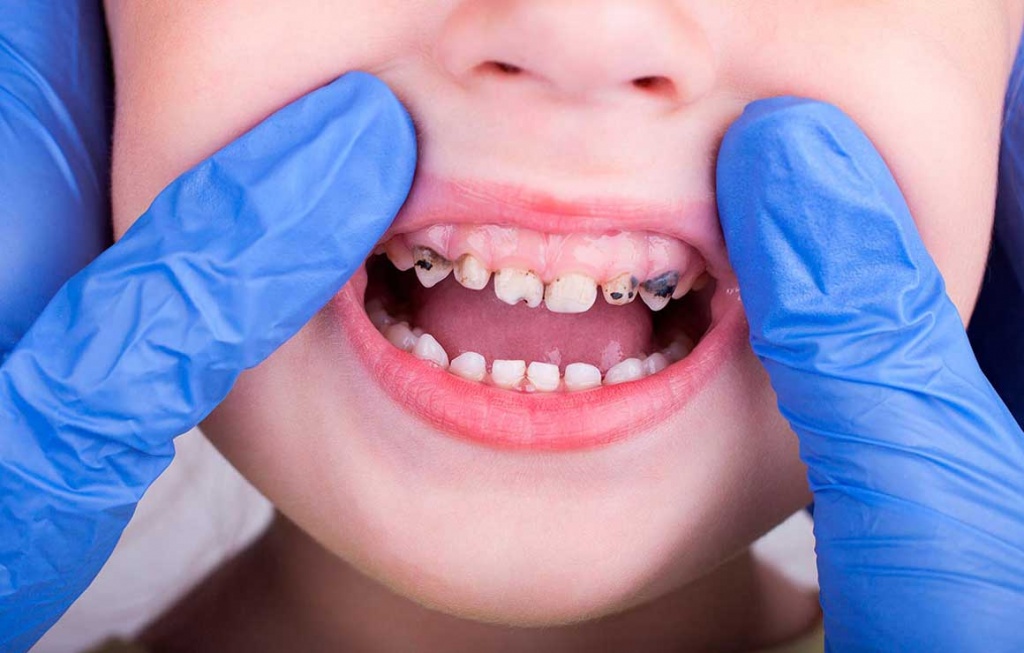
How is Priestley plaque detected and treated?
In their work, specialists use the following methods: examination, laser diagnostics and anamnesis. Each of them contributes to the rapid and effective detection of the real picture, and also allows timely treatment.
To eliminate black plaque, there are several effective methods with which you can get rid of the main ailment, as well as whiten your teeth by several tones. One of them is professional teeth cleaning, as well as additional treatment with remineralizing compounds. In some cases, the procedure is fixed with additional courses of treatment if the plaque has caused consequences or has become a side effect after third-party diseases.


